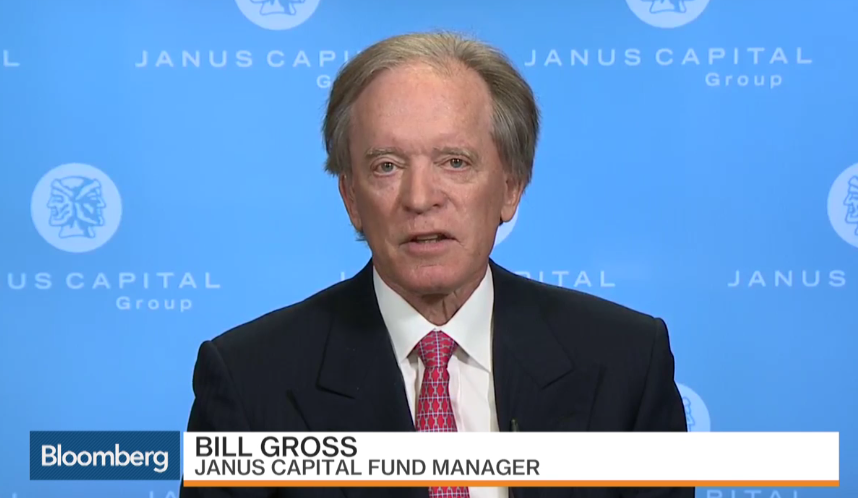In his latest monthly outlook, titled Curveball, Bill Gross mentioned that to his mind, free will is the key to our unique position among life’s animals. Without it, this business of living is reduced to a meaningless game.
He also makes the case that monetary policy in the post-Lehman era has resembled the gluttony of long departed umpire John McSherry – they can’t seem to stop buying bonds, although as compulsive eaters and drinkers frequently promise, sobriety is just around the corner. In his opinion, “The adherence of Yellen, Bernanke, Draghi, and Kuroda, among others, to standard historical models such as the Taylor Rule and the Phillips curve has distorted capitalism as we once knew it, with unknown consequences lurking in the shadows of future years.”
“But the reliance on historical models in an era of extraordinary monetary policy should suggest caution. Logically, (a concept seemingly foreign to central bank staffs) in a domestic and global economy that is increasingly higher and higher levered, the cost of short term finance should not have to rise to the level of a 10-year Treasury note to produce recession.” And notes that commonsensically, a more highly levered economy is more growth sensitive to using short term interest rates and a flat yield curve, which historically has coincided with the onset of a recession.
“Just as logically, there should be some “proportionality” to yield curve tightening. While today’s yield curve would require only an 85 basis increase in 3-month Treasuries to “flatten” the yield curve shown in Chart 1, an 85 basis point increase in today’s interest rate world would represent a near doubling of the cost of short term finance. The same increase prior to the 1991, 2000 and 2007-2009 recessions would have produced only a 10-20% rise in short rates. The relative “proportionality” in today’s near zero interest rate environment therefore, argues for much less of an increase in short rates and ergo – a much steeper and therefore “less flat” curve to signal the beginning of a possible economic reversal.
How flat? I don’t know – but at least my analysis shows me that the current curve has flattened by nearly 300 basis points since the peak of Fed easing in 2011/2012. Today’s highly levered domestic and global economies which have “feasted” on the easy monetary policies of recent years can likely not stand anywhere close to the flat yield curves witnessed in prior decades. Central bankers and indeed investors should view additional tightening and “normalizing” of short term rates with caution” he concludes.




